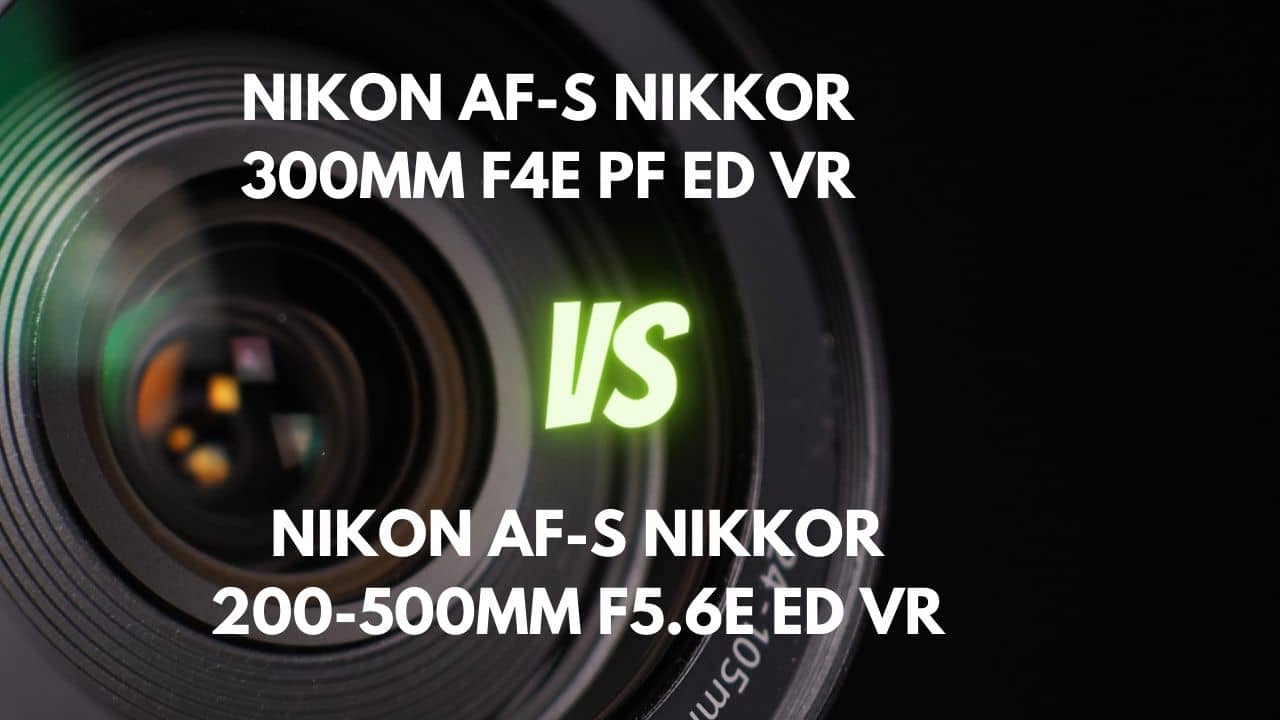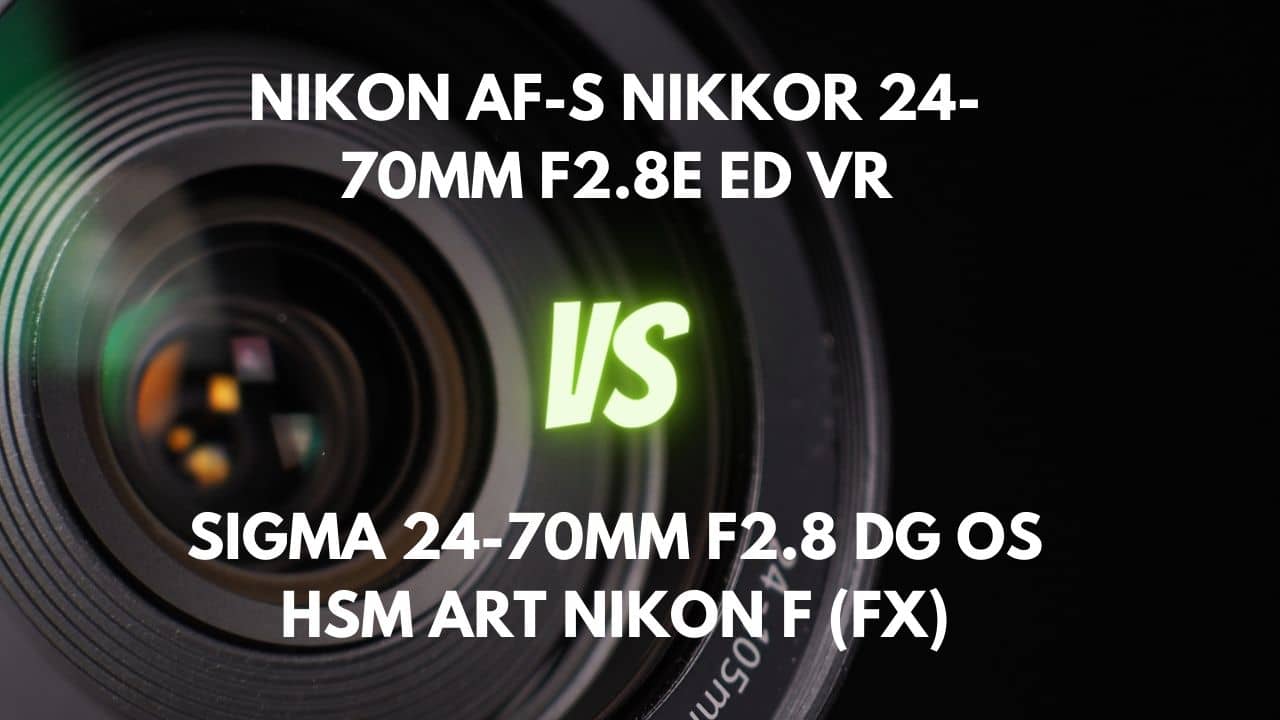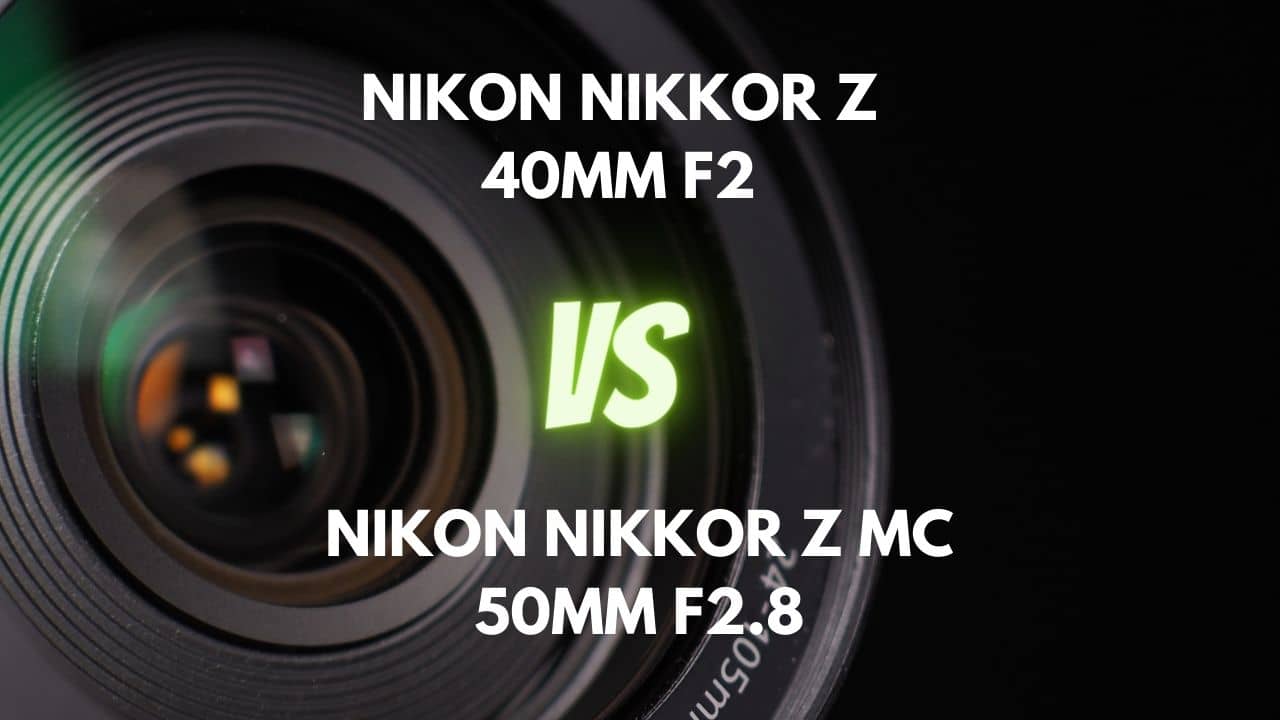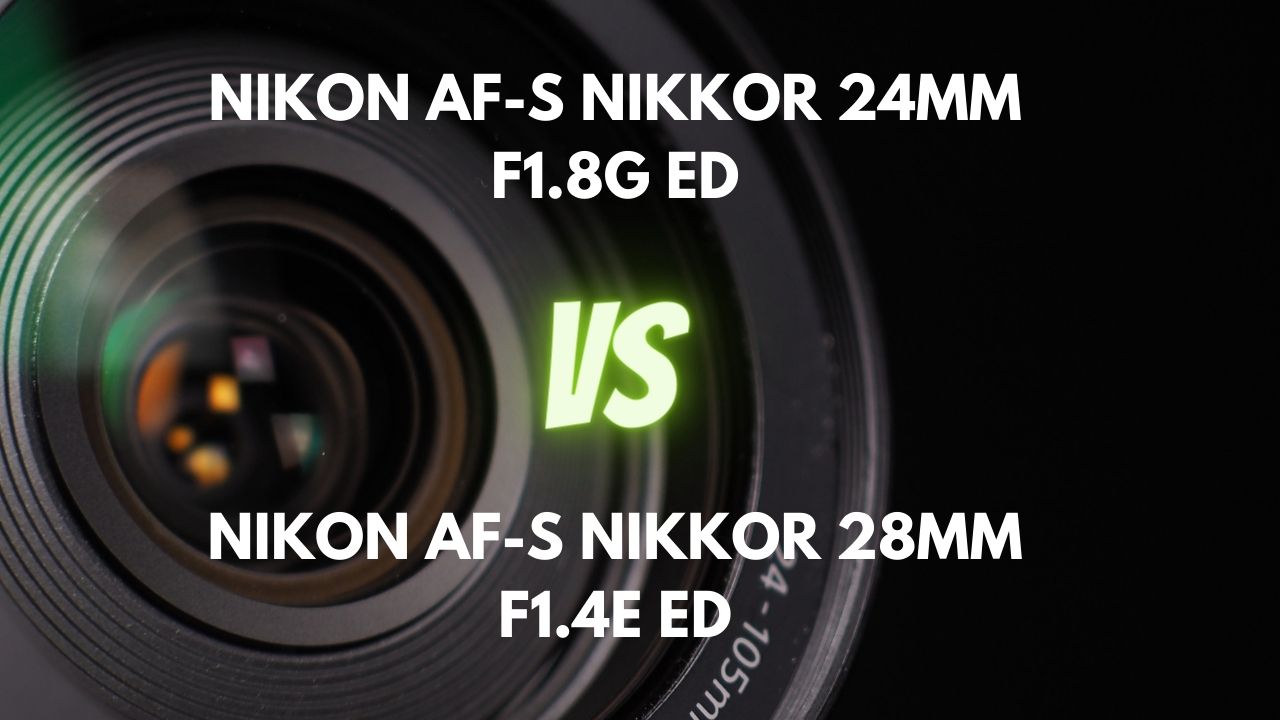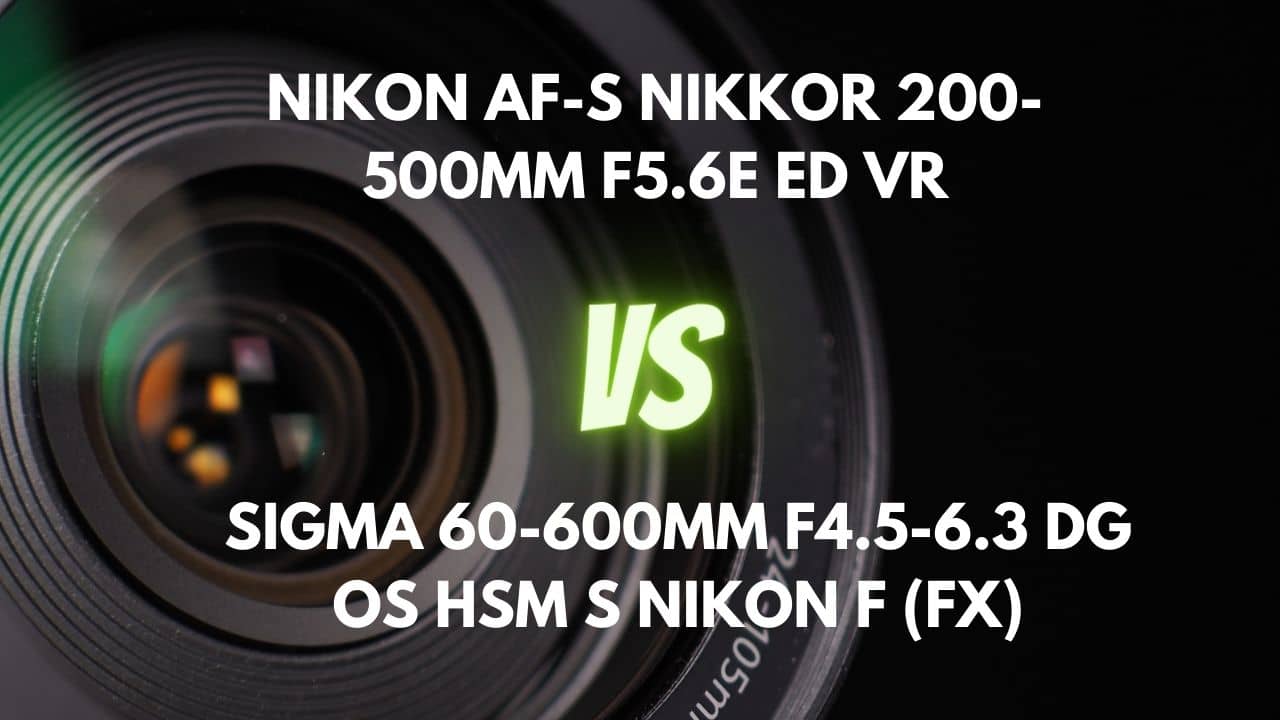The Nikon D850 is famously known to be one of the best DSLRs that can easily cater to all your photography needs. Due to its remarkable features and specifications, this camera does everything from capturing wildlife to close-up shots of sports, interiors, and architecture in great detail.
However, as excellent as this camera is, when paired with the perfect zoom lens, one can truly bring out its full potential. You can effectively capture some pretty crisp and clear images without having to worry about changing your position physically for a shot.
The best feature of a zoom lens is that it eliminates the need for you to carry around individual prime lenses for each focal length you might want to shoot from. This is particularly handy when it comes to wildlife photography, as a zoom lens allows you to get the shot you need without disturbing the wildlife in the process.
We understand that there are countless options when buying a lens; that’s why we’ve put together a list of the finest zoom lenses in the market, making your lens-buying experience convenient and fun!
What Are the Best Zoom Lenses for Nikon D850?
Whether you are a professional photographer capturing shots of animals and insects deep in a rainforest or you are a beginner getting into photography trying to capture the perfect candid photos of your friends and family, the Nikon D850 is an ideal choice.
Read on to find the ideal zoom lenses for your Nikon D850 to help you capture incredibly stunning shots with intricate detail regardless of whatever local length you want to shoot from.
Nikon AF-S NIKKOR 14-24mm f/2.8G ED
First on our list is the Nikon NIKKOR 14-24mm. This lens is one of a kind as it has a flexible ultra-wide-angle range of focal lengths and insanely fast f/2.8 aperture, making it great for capturing nature, landscapes, the stars, and the sky.
The 14-24mm is sharper than many prime lenses, producing clear and crisp images in normal-light settings and also performing remarkably well in low-light situations.
However, the plethora of features packed inside the lens make it significantly heavy, and with no vibration reduction, you’ll need a stable pair of hands to capture your shots.
Here’s a list of features that we believe make this lens worth your money:
Chromatic Aberration Reduction
The NIKKOR 14-24mm comes with three aspherical elements and two extra-low dispersion elements to make chromatic distortions and color fringing to a minimum. Additionally, the images produced have improved contrast and color accuracy.
With a minimum focus distance of 11.02″, the 14-24mm also allows for high-quality close-ups, and when combined with the Nikon’s Nano Crystal Coating, the images are almost entirely devoid of ghost and flare effects; rather hosting an impressive bokeh.
Excellent Low-Light Performance
The maximum aperture of Nikon’s 14-24mm is astounding. Not only does it have a consistent performance throughout the zoom range, but it is also incredibly fast, providing illumination for handling low-light situations without needing a flash. Due to this, the lens is able to produce images with impeccable quality, without much need for post-processing.
Extremely Efficient SWM
This lens comes with Nikon’s Silent Wave Motor (SWM), which allows for high-speed autofocusing that is both highly accurate and incredibly quiet. The SWM also helps retain the overall length of the lens and works efficiently when you require a faster focus speed for capturing a moving subject.
Pros
- Exquisite low-light performance
- Extra-low dispersion glass for minimizing chromatic aberrations and flare
- Decent bokeh at a close focus distance
Cons
- No Vibration reduction
- Heavier for its size
Nikon AF-S NIKKOR 24-70mm f/2.8E ED VR
Next, we have the Nikon NIKKOR 24-70mm on our list, one of the best lenses for event photography.
The 24-70mm has a constant f/2.8 fast aperture that can make your subject stand out from the distracting background. Moreover, the lens excels at bringing both your portrait and landscape shots to life by enhancing their colors and aesthetics.
Here’s a list of features that make this lens a worthwhile addition to your wide-angle photography gear:
Versatile Zoom Range
Nikon’s 24-70mm optical zoom range allows beginners to easily capture incredible closeups of loved ones and unique shots of landscape and nature.
The 70mm, coupled with the f/2.8 aperture, also performs exceptionally well in settings with lousy lighting, bringing out the subject in the foreground and producing a smooth bokeh in the background.
Durable Design
The Nikkor 24-70mm is built with tough and sturdy materials that can stay strong even in difficult weather. Moreover, the lens comes with a rear rubber gasket which aids in keeping moisture and debris out of your camera if you’re planning outdoor shoots.
Vibration Reduction
Nikon’s latest advancement in image stabilization technology is their vibration reduction system. This essentially helps you ensure that you don’t end up with images that are a blurry mess. Moreover, it also helps capture perfect “on-the-move “ images by reducing camera shake and vibrations while shooting down up to 4.0 stops.
Pros
- Curved spherical lens to reduce chromatic aberrations and distortions
- In-built vibration reduction provides ultimate image stabilization
- Silent wave motor enables high-speed and accurate autofocusing
- Creamy bokeh
Cons
- Price is high
- Bulky body structure
Nikon AF-S NIKKOR 70-200mm f/2.8G ED VR II
Whether you’re shooting wildlife, fashion, or sports, the NIKKOR 70-200mm is a great lens to capture beautiful, bright, and razor-sharp images.
With an f/2.8 fixed maximum aperture, accurate and fast autofocus, and a staggering vibration reduction system, the NIKKOR 70-200mm is actually one of the best choices for capturing a wedding.
Let’s dive deeper into the features that make this lens fulfill all of your photography needs.
Ultra Fast Auto-focus
With its Silent Wave Motor, this lens enables high-speed autofocusing that is incredibly accurate and almost entirely silent.
Moreover, the D850’s technology allows it to sync the camera shutter with the lens, increasing the precision and speed of the in-built autofocus.
For the price this lens comes at, the autofocus works exceptionally efficiently in tracking moving subjects. Along with that, due to the extensive optical range, zooming in and out with fast autofocus is an added benefit that can not be ignored.
Robust Build
The Nikon 70-200mm has a sturdy all-metal build, with just a few plastic finishings. The broad rubberized zoom and focus control rings feel very smooth; on the other hand, the plastic hood is quite sturdy along with an integrated tripod collar that prevents ground vibrations and significantly reduces camera shake in video footage.
Excellent Low Light Results
The constant aperture of f/2.8 makes it an excellent option for covering both well-light environments and low-light settings. The wide-open aperture also allows ample light to pass through, and when paired with D850’s high-ISO capability, the lens helps to produce some fantastic well-lit grain-free shots.
Pros
- Economical cost
- Excellent low-light performance
- Extremely sharp images
Cons
- Heavy body structure
- Evidence of a little color fringing and distortion
Nikon AF-S NIKKOR 200-400mm f/4G ED VR II
If you are a sports and wildlife enthusiast looking to capture some amazing shots, then the Nikon 200-400mm is the lens for you. This super-telephoto zoom lens renders images with incredibly intricate details.
While its price lies in a higher bracket, the lens is popular for capturing perfectly in nearly any lighting conditions. Unfortunately, just like other telephoto zoom lenses, the 200-400mm is fairly heavy and hard to lug around with you if you’re used to lightweight wide-angle lenses.
We have compiled some essential features that make this lens stand out from the rest:
Clear and Sharp Portraits
Due to the Nano Crystal Coating on the lens elements, the NIKKOR 200-400mm lens improves light transmission and packs extra consistency than its competitors. Any ghosting or interior flare produced from light entering the lens is also significantly reduced across the wide range of focal length.
The lens is also equipped with four extra-low dispersion lenses (ED) which effectively compensate for any chromatic distortions you might get while shooting images at a wide angle.
Speedy and High-Precision Autofocus
The 200-400mm comes with three Focus Modes, enhancing AF control versatility with fast, secure switching between auto and manual focus to accommodate any photographer or enthusiast trying to achieve speedy and error-free AF.
Moreover, with the near-silent stepping motor, the AF of the 200-400mm is remarkably quiet. This is ideal if you are running the risk of scaring away your subject with the sound of your lens zooming in and out.
Pros
- Extra-low dispersion glass for minimizing chromatic aberrations and flare
- Decent bokeh at a close focus distance
- Ultra-fast autofocus systems
Cons
- Price is high
- Hefty build
Nikon AF-S NIKKOR 200-500mm f/5.6E ED VR
Finally, we conclude our list with the NIKKOR 200-500mm. Hosting extraordinary focal length, a super steady vibration reduction system, and a maximum aperture of f/5.6, this lens is the perfect choice for photographers wanting to capture birds, nature, and insects.
As compared to other telephoto zoom lenses, the 200-500mm isn’t as pricy; however, the lens is a 5-pound mammoth that’s not only tiring to hold but will also take up significant space in your camera bag.
Nevertheless, here is a list of some features that make Nikon’s 200-500mm stand out from its competitors:
Optical Quality
Unlike most telephoto lenses in the market, particularly in this price bracket, the 200-500mm upholds image clarity even while shooting at a maxed-out aperture.
Additionally, the Nikon NIKKOR 200-500mm has minimal color fringing that filters any purple or green hues from your images. It also produces crystal-sharp images, producing super smooth and creamy bokeh for portraits and close-ups.
Focal Range
With its wide focal range from 200-500, this lens lets you capture sharp shots from a considerable distance.
The 500mm focal length range prevents you from startling animals while you’re trying to sneak in a candid shot, while the wider, 200mm end, can produce pretty crisp images.
Zoomed in to the max, you can also capture flying birds in the sky or sports games from afar, taking some stunning images back home.
Pros
- Pocket-friendly price bracket
- Sharp and clear images with excellent optical quality
- Excellent vibration reduction
Cons
- Evidence of vignetting
- Soft edges at 200mm
Conclusion
Nikon truly deserves a pat on the back for coming out with a camera with top-of-the-line specifications and features, a light and durable build, and an extremely reasonable price bracket that pretty much does it all.
However, paired with a high-quality telephoto zoom lens, the event, wildlife, sports, nature, and landscape shots taken by your D850 become jaw-dropping. We hope our guide helped you out in finding the perfect camera-lens duo!

